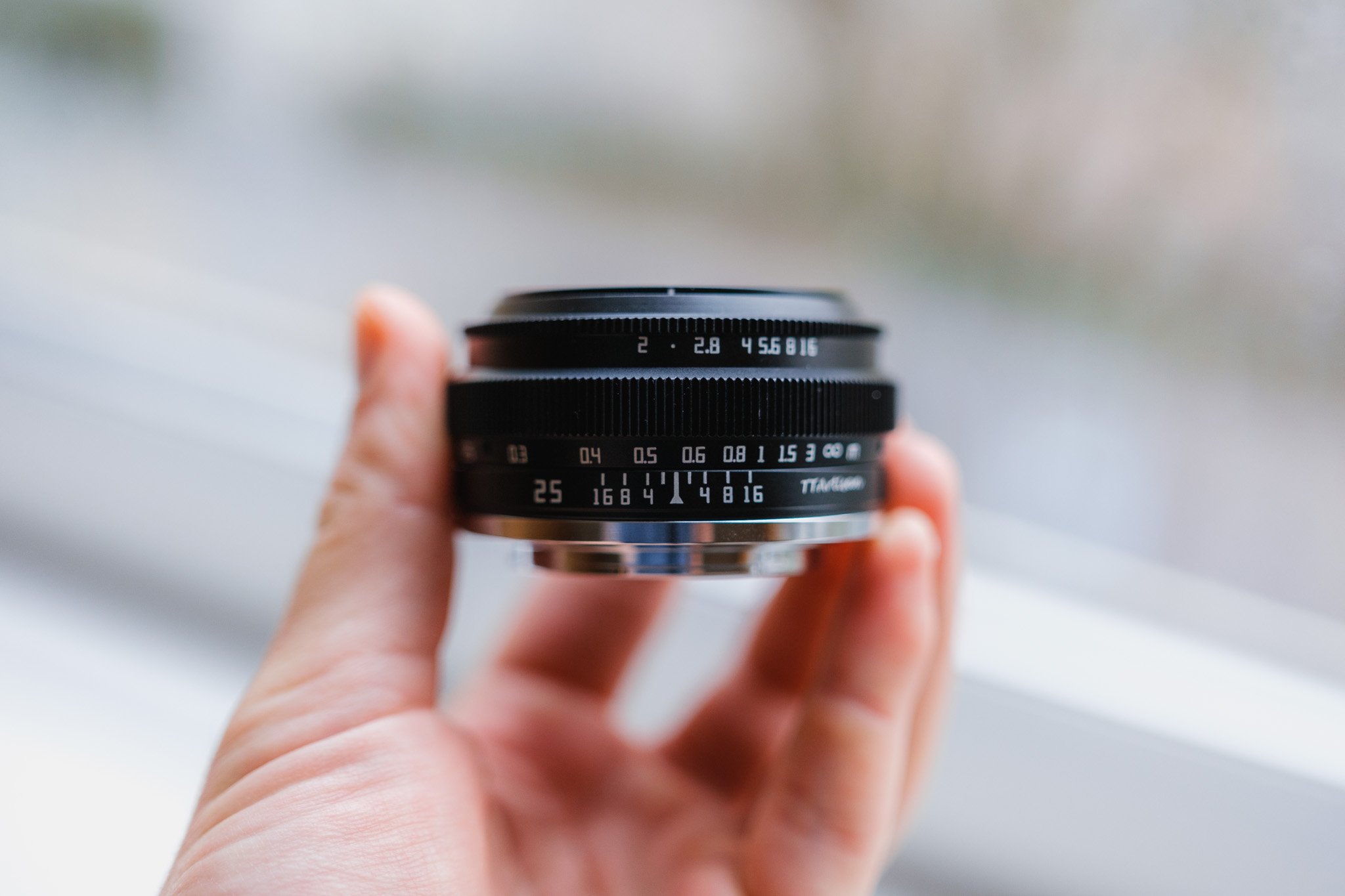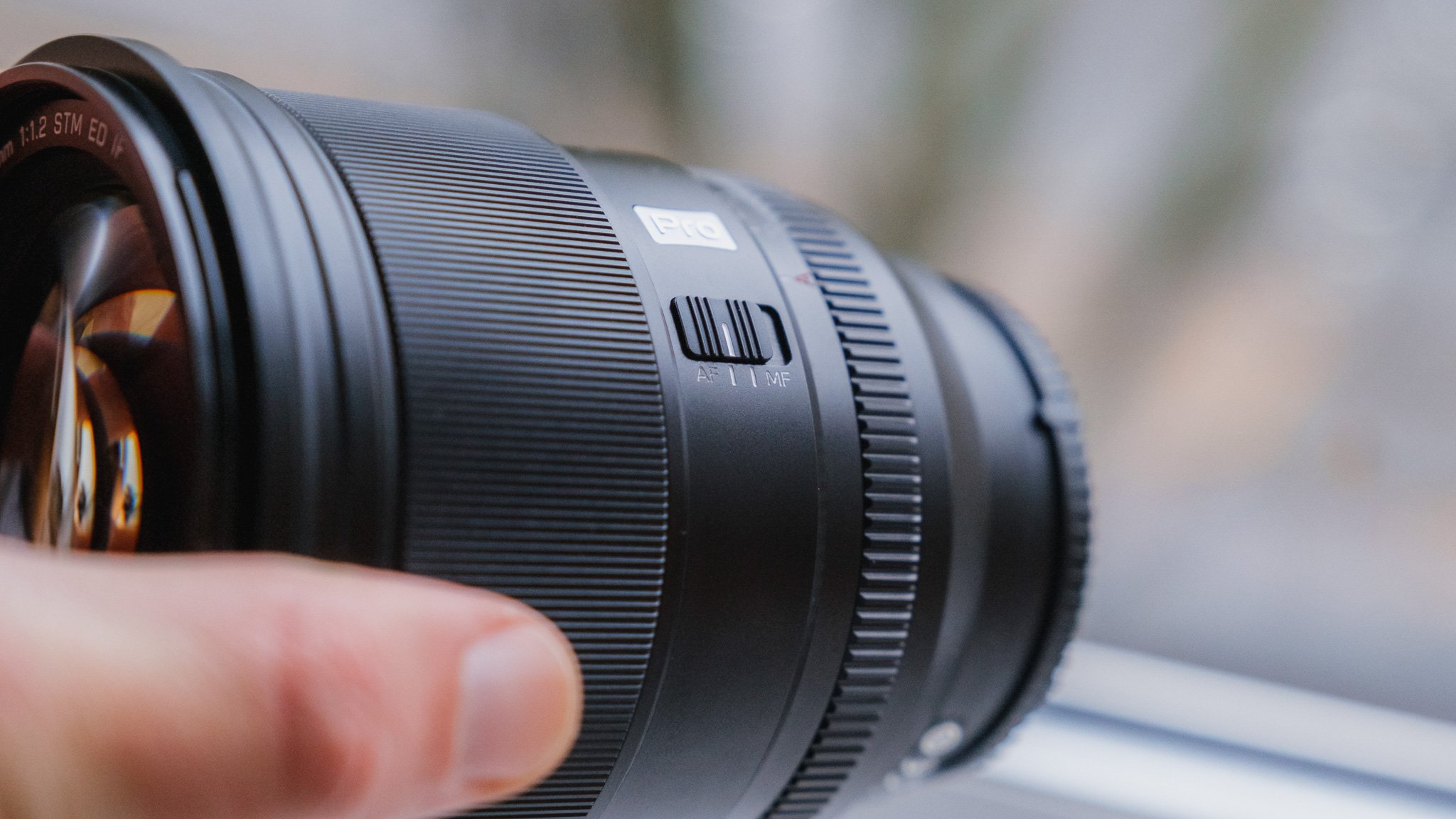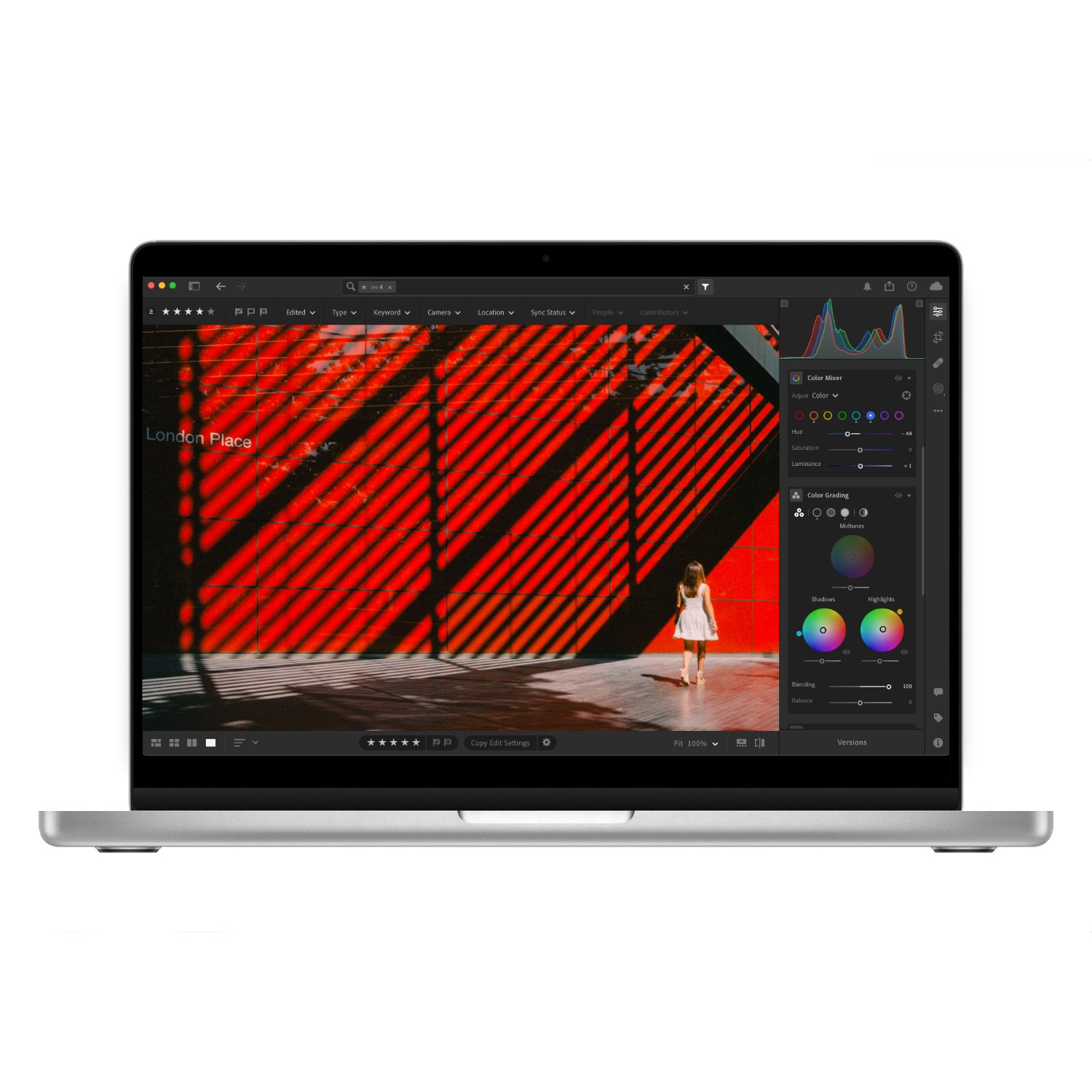Expensive VS Budget Lens… Can You Tell?
Whenever I pickup a new piece of gear I always want the top of the range option and even if I clearly don’t need it, I manage to find 100 excuses why I do. In many cases I wouldn’t even consider the lower end options, however now as I’ve matured I decided to put my beliefs to the test. Over the last few weeks I’ve been trying different lenses at various price points and from various manufacturers. In this blog I will give you my high level thoughts on budget lenses and answer whether they’re actually good value or if the age old saying ‘buy cheap buy twice’ applies here.
The lenses I used were:
Fujifilm XC 35 f2 which costs around £150
TT Artisan 27 f2.8 which is also around £150
TT Artisan 25 f2 that comes in at an insanely low price of £60
Viltrox 27mm + 75mm f1.2 lenses and although at £400 they are not exactly budget, they are half the price of equivalent Fuji glass.
I’m aware that there are other budget lenses out there however these seem to be the most popular.
Build Quality
As you can imagine cheaper lenses will be built to a cheaper standard. Let’s take the Fuji XC 35mm which is entirely made from plastic, even the mount. An equivalent XF premium lens will be all metal.
If we look at the TT Artisan 27mm f2.8, we can see it’s also made entirely from plastic however at least the lens mount is metal. On the other hand the TT Artisan 25 f2 is an all metal build which for the price is simply insane even though it’s manual focus.
As we move up to Viltrox lenses, the build quality jumps to being on par with the best Fuji glass.
Features
Generally speaking lenses don’t have many fancy features however there isn’t a clear trend of cheaper lenses having less features. For example even though the Fuji XC35 doesn’t have an aperture ring, the TT Artisan 27 f2.8 does. Some Viltrox lenses actually come with extra features such as an AF-MF switch. Something that none of the equivalent Fuji primes have.
Image Quality
This is where we start to see a bigger difference between lenses specifically when shooting wide open. The Fujifilm XC35 performance is great and comparable to the more expensive XF35. However the cheaper TT Artisan lenses really fall apart when shooting wide open. Below is an example using the 27mm f2.8. The first image is at f2.8 while the other is stopped down to around f5.6. You can see that when shooting wide open, there is a halo around the highlights and the image feels a little muddy. At f8 however the image looks fine.
This is a common problem I found across many cheap sub £200 lenses although not all of them suffer from this as the Fuji XC35 demonstrates. When it comes to the Viltrox lenses, they were good and you would really need to study and pixel peep to see any meaningful differences compared to the equivalent and more expensive Fuji glass.
Autofocus
Autofocus performance is another clear separator between cheaper and more premium lenses however there is a caveat. Generally speaking there are two types of focus motors, stepper and linear. Stepper motors are cheaper and smaller while linear motors are the opposite. However linear motors are quicker and more precise. There is a noticeable difference between a stepper motor and a linear motor even when comparing two premium lenses. The same can’t be said when comparing a stepper motor in a budget lens to a stepper motor in a premium lens. The point here is that the focusing of the TT Artisan 27mm is not much different to that of the Viltrox 27mm despite the huge price difference. Equally I can’t say that the focus of the Fuji XC35 is much different to that of the XF35. However if I were to compare the XF35 to the XF33 Fuji, there is a clear difference as the former has a linear motor but comes in at nearly twice the price and size.
Summary
Taking everything into account, it’s not as easy as cheap = bad and expensive = good. There are many nuances and caveats to take into account. However generally speaking the cheaper the lens the more degradation you would see in image quality when shooting wide open. The differences are minimised once you stop past f4 and above. The main differences would be the build of the body and material choice.








































